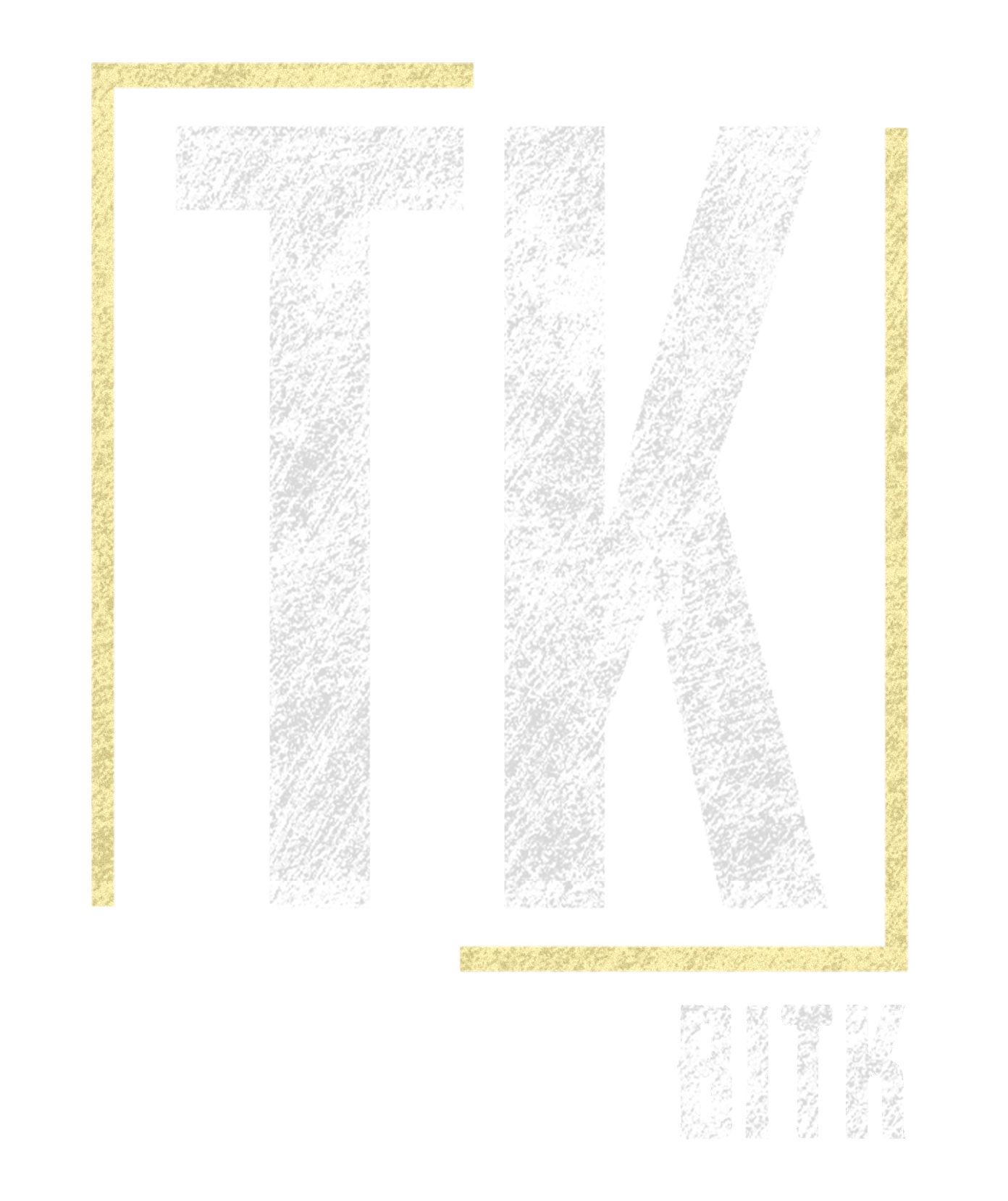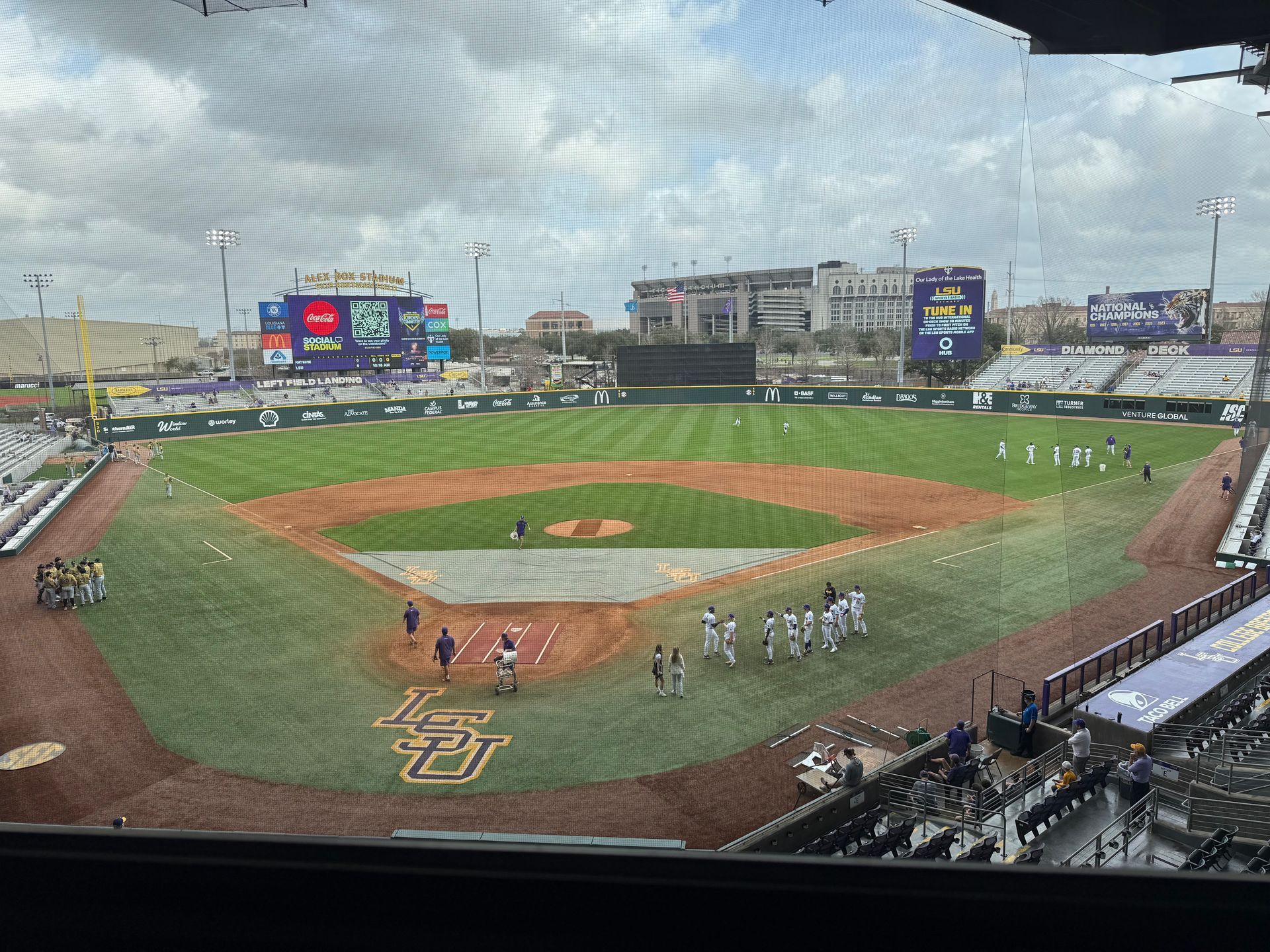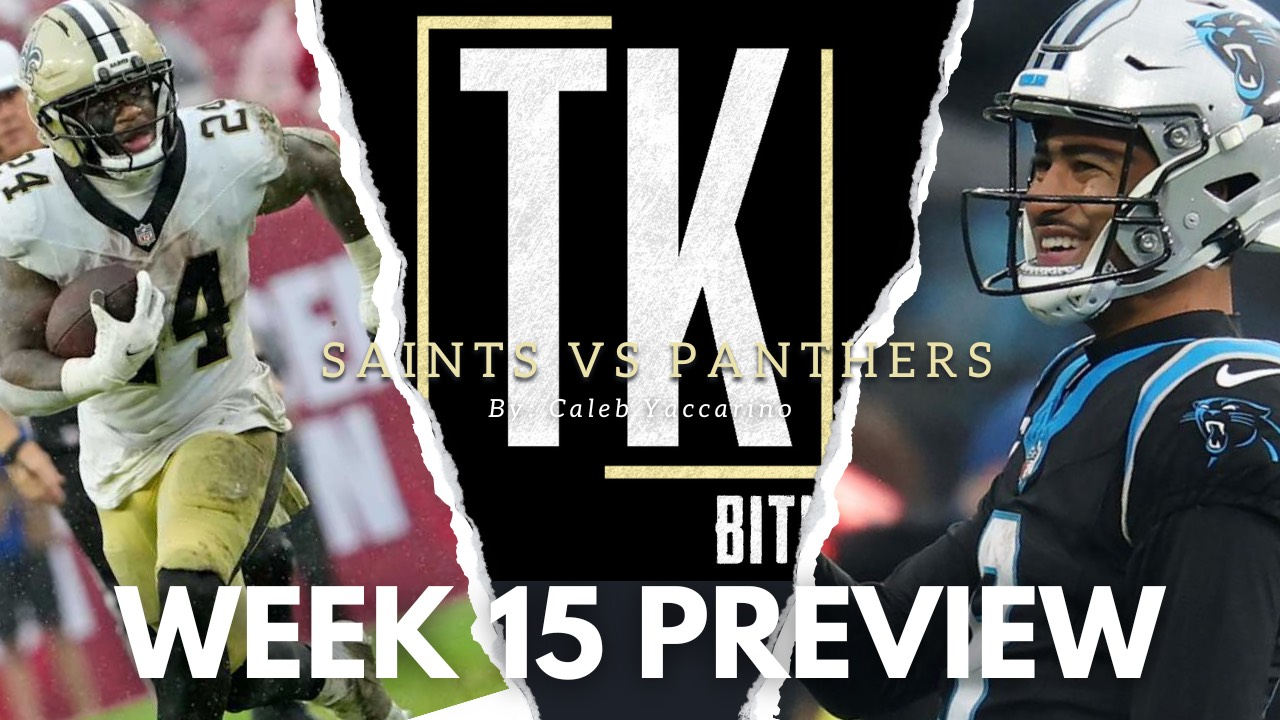LSU vs. Purdue - Fort Wayne Feb. 15th Recap
Bryce Duhon • February 15, 2025
78°. Cloudy. A brisk wind towards centerfield. This was the recipe for another dominant performance by the LSU Fighting Tigers on Saturday. After a 14-0 shutout on Friday of Purdue - Fort Wayne, the #2 ranked Tigers found their way to a Saturday W by routing the Mastodons 10-1. Rocking the beloved all-white with pinstripes, LSU sent 11,000 fans home happy as they move to 2-0 on the season.
UC - San Diego transfer Anthony Eyanson got the nod on the mound. The 6’2 right-handed junior didn’t have the fastest start to the game, hitting one batter in the 1st, and allowing two hits in the 2nd. However, he also showed why Jay Johnson brought him to Baton Rouge. His fastball lived in the mid-90’s, and he was able to get out of multiple jams. While he didn’t peform at the same level Kade Anderson did on Friday, he still heavily impressed in his first start in a Tiger uniform. In all, Eyanson saw 5.0 innings, struck out 6, allowed 4 hits, and no walks. In relief, junior Connor Benge came out firing. Going 1 and 2/3 innings, the Dallas Baptist transfer struck out three and walked one on base. He was relieved by sophomore DJ Primeaux. Primeaux was lights out in his season debut, striking out three batters before handing the ball to freshman Mavrick Rizy. The new man on campus made it look effortless, closing out the game with three quick outs, including 2 K’s and securing the win for LSU.
At the plate, the Tigers continued their Friday onslaught. Utah Valley transfer and starting 2B Daniel Dickinson gave the Tigers their first home run of the season in the 1st inning, bringing home Bear Jones who walked the previous at-bat. After that, it wouldn’t be until the 5th inning that LSU would score again. However, they more than made up for that scoring drought. Back-to-back homers by Derek Curiel and Jared Jones brought across three runs for the home team. The hits continued as Ethan Frey started off the 6th with a single. Josh Pearson walked right after, and Michael Braswell brought Pearson across with an RBI double. The Tigers added on two runs in the 7th after PFW pitching fell apart, walking one home and allowing another run on a wild pitch. Ashton Larson pinch hit for Braswell, and hit a 2-RBI single through the middle of the infield to give LSU back-to-back days of double digit runs. Plate vision was the story as LSU walked 7 times, not including their 4 times hit by pitch, and didn’t go down on strikes until the 5th inning.
The Tigers transfer class came to play to start the season, which is all you can ask for their first weekend in Alex Box. Between Eyanson and Benge’s powerful performances as well as Dickinson’s early homer, you can tell Jay Johnson and his staff were intentional in the portal. Even Auburn transfer Chris Stanfield got in on the action, showing off his next-level speed beating out a grounder to the shortstop in the 5th and stealing a bag in the 7th.
As for the freshmen, Derek Curiel showed why he was hailed as the Preseason SEC Freshman of the Year. A 2-out homer sparked some life into the Tigers and elicited a huge reaction from Alex Box. He had expectations coming into this year, and he met them on Saturday.
The 2-0 Tigers will finish their series with the Mastodons on Sunday. Look for Chase Shores to take the mound and for the Tigers continue with their bats on fire.
Make sure to follow me @therealbduhon and @offthe_domepod on X and follow The Kneaux as well @beinthekneaux.
A quick share helps us a lot!

Amidst preparation for their eighth consecutive bowl game, the Louisiana Ragin' Cajuns football team earlier this week received special news that came rather unexpectedly: redshirt senior safety Tyree Skipper would be reinstated by the Sun Belt Conference for the 68 Ventures Bowl. And in today's media availability, head coach Michael Desormeaux and defensive coordinator Jim Salgado expressed their gratitude and emotions about being able to have him for one last game. "I'm incredibly grateful for [Sun Belt] Commissioner [Keith] Gill for reconsidering his suspension," Coach Des said. He later mentioned that ever since the suspension and prior to the reinstatement, Skipper had not missed a single team function or been late for anything, focusing on schoolwork and practicing with the team all while knowing he would not be able to play in any of the final three games. He was even voted scout team player of the week last week and has almost unanimously been voted the team captain by the team. "Skip has taken full responsibility. He's been a model teammate leader...He's done everything the way that you want a guy to do." Defensive coordinator Jim Salgado also expressed his gratitude about Tyree Skipper, emphasizing how special it is to be able to have one last game together. "I FaceTimed [Skipper], and...he said, we're going to be able to do this one more time together. And, you know, that's special. I'm just glad he gets a chance to do that...He's done a lot for this place, so it's big." A few weeks ago, following UL's 42-39 victory over Texas State, a post-game altercation between the two teams led to suspensions on both sides by the Sun Belt Conference. Six Texas State players were suspended, while Louisiana had seven players given suspensions. 11 of the 13 players were to serve one-game suspensions, and TXST's Tymere Jackson, who supposedly started the entire altercation, was suspended for two games. But one player received the biggest of all the suspensions, and that was star safety Tyree Skipper, who was given a suspension for the remainder of the season including any potential bowl game. This conclusion was made after it was determined that Skipper swung a helmet at another player during the brawl. With this year being Skipper's redshirt senior year, that basically meant his collegiate career was over. Following the suspensions announcement, Skipper wrote a heartfelt and well-written apology on X, which included, "I understand that as a leader, I have to hold myself to a higher standard. That moment doesn't define who I am or the values I stand for." That public apology was eventually received by Sun Belt Commissioner Keith Gill, which prompted his reconsideration on Skipper's suspension going into the bowl game. According to the Sun Belt Conference, the reinstatement decision was made with support of both UL and TXST administrations. Tyree Skipper himself was at media availability today as well and emphasized how much it meant to him that he would be able to finish his collegiate career off on a positive note. "It was the greatest news I got all year...Finishing one more with the guys, man that means everything to me. This is the game you'll remember for the rest of your life, the last game of your collegiate career...I even shedded some tears." Skipper, a redshirt senior, has been on the team all six years of his collegiate career. Earning All-Sun Belt Conference 2nd team honors last year and Preseason All-Sun Belt Conference 1st team this year, the New Orleans has been the leader of this secondary all season. Leading the safeties room in tackles, Skipper has recorded a sack and an interception this season prior to his suspension. With him returning for one final game, he looks to mimic those stats against Delaware and even more, as the Cajuns set to face the Blue Hens in the 68 Ventures Bowl game on Wednesday at 7:30pm in Mobile, Alabama. This article written by Abdul Abusada of Cajuns Insider and Cajun Sports Talk. Don't forget to tune into Cajuns Insider podcast shows on all The Kneaux socials every week during the football season! Our next episode is this upcoming Monday at 6pm. Also don't forget to tune into The Cajun Sports Talk Podcast Show on @CajunSportsTalk on YouTube every Tuesday evening!


